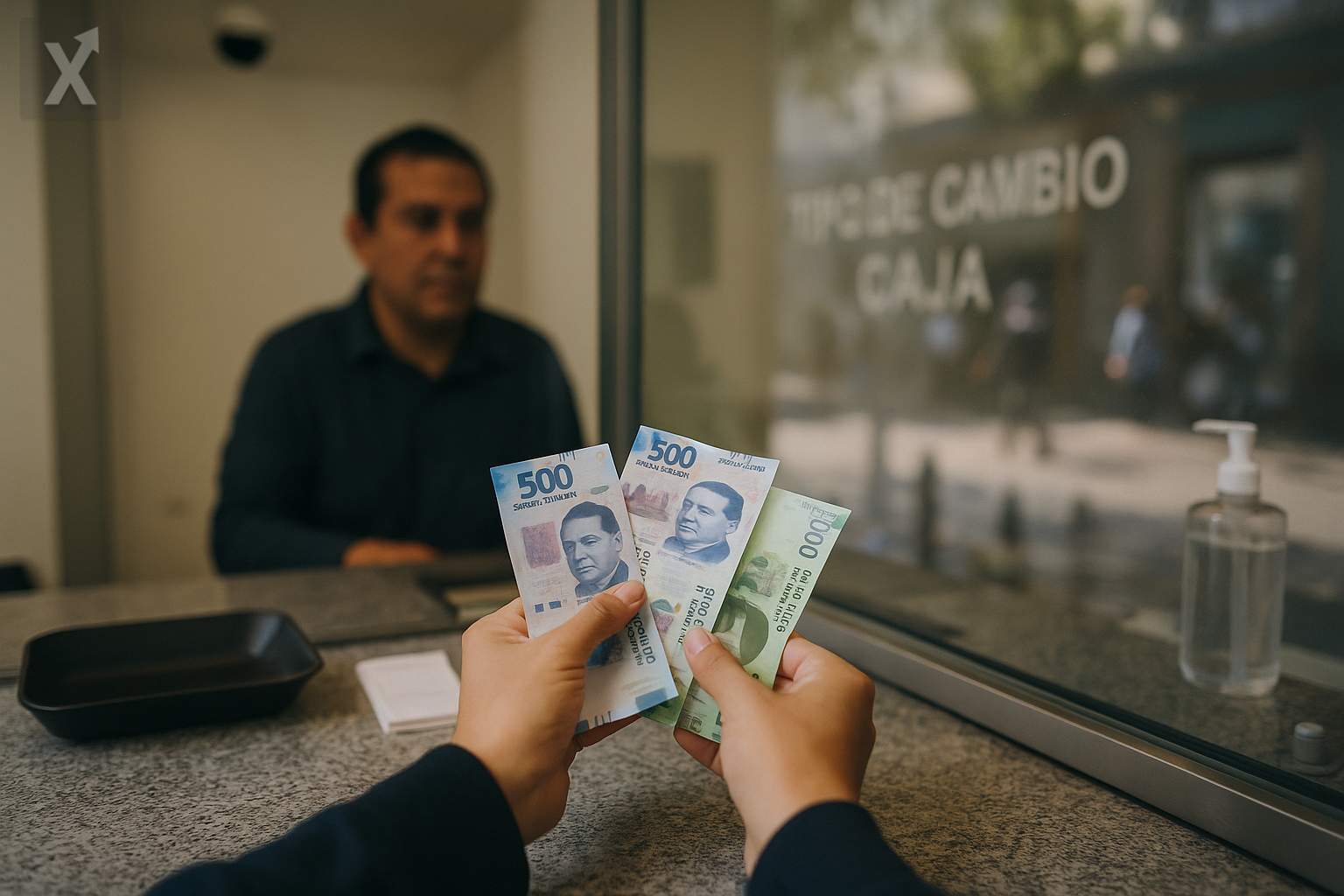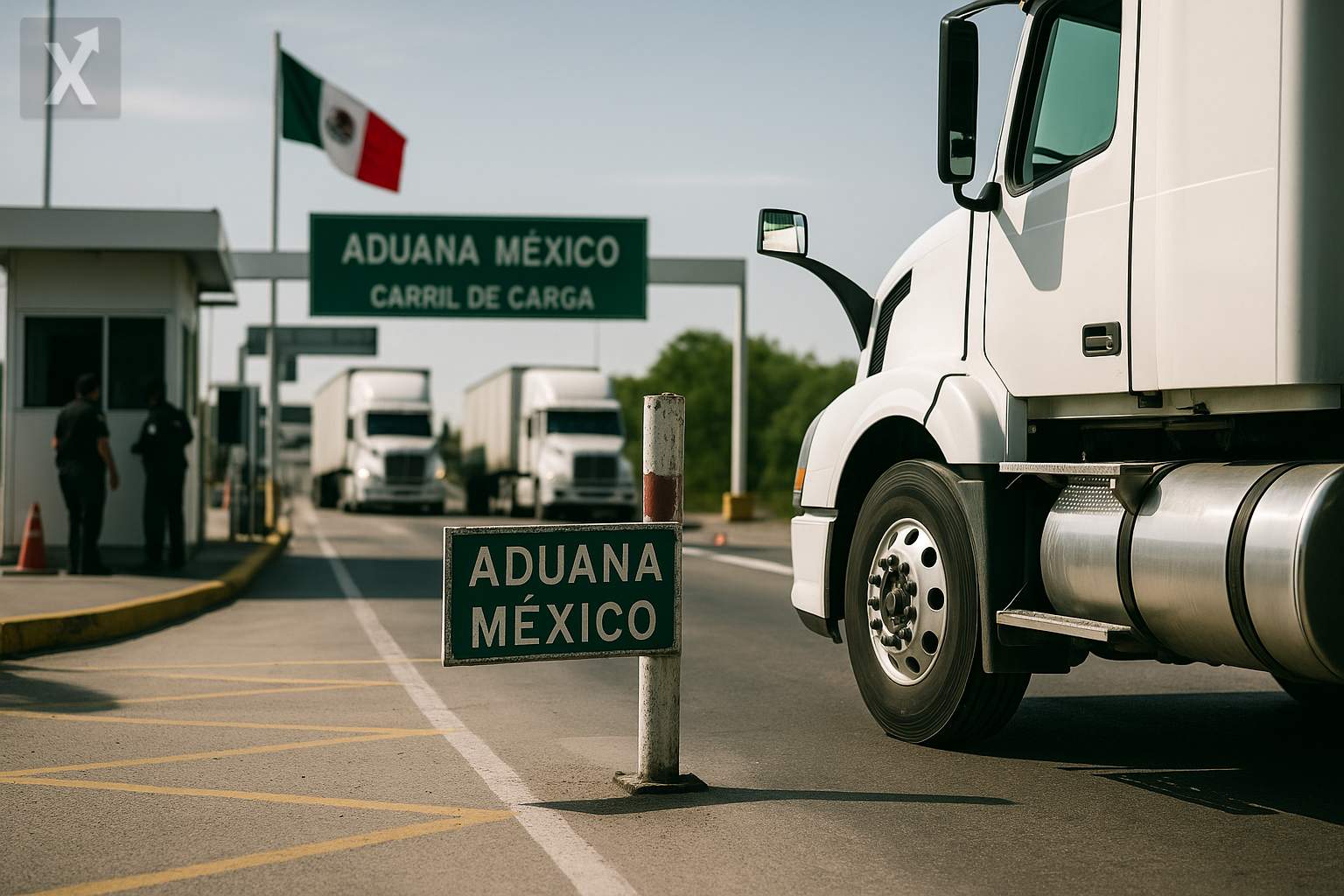U.S. Issues Alert on Chinese Money Laundering Networks Linked to Cartels; Scrutiny Rises Over Financial Flows Impacting Mexico

The U.S. Department of the Treasury has issued a warning aimed at the financial sector regarding the use of Chinese money laundering networks by criminal organizations based in Mexico. According to the Financial Crimes Enforcement Network (FinCEN), between 2020 and 2024, U.S. institutions recorded 137,153 suspicious activity reports associated with these networks, totaling $312 billion. These funds have been linked to drug trafficking—including fentanyl—fraud, and human trafficking. U.S. authorities cautioned that this is a sophisticated global web that requires strengthened controls, monitoring, and international cooperation.
FinCEN’s analysis highlights that these networks exploit regulatory asymmetries and currency restrictions across different countries. In Mexico, limits on cash dollar deposits within the banking system have made it harder to place illicit cash; in China, capital controls restrict outbound transfers. Money launderers operate as intermediaries between both worlds: they buy cash dollars from criminal groups and resell them, through parallel mechanisms, to clients seeking to bypass restrictions. These schemes include mirror transactions, trade-based money laundering (TBML), and the use of mules with fake identities.
The report singles out the real estate sector as a recurring channel for integrating illicit funds. Between 2020 and 2024 alone, 17,389 reports related to real estate transactions were identified, amounting to $53.7 billion. FinCEN also warned about the risk of criminal infiltration into financial institutions, either by recruiting employees or inserting their own operatives. The alert follows prior statements from U.S. authorities about deficiencies in anti-money laundering controls at certain Mexican financial institutions—which could result in greater scrutiny of correspondent banking relationships and cross-border payments.
The macroeconomic environment amplifies the challenge. In recent years, Mexico has maintained a relatively stable exchange rate, high interest rates, and is undergoing a process of supply chain relocation that is attracting investment to manufacturing and logistics, especially in the North and El Bajío region. These flows—along with a boom in industrial parks, real estate transactions, and a rapidly expanding fintech ecosystem—underscore the need for strong preventive controls. Locally, the Financial Intelligence Unit and CNBV have strengthened anti-money laundering guidelines, while the tax authority (SAT) now requires the identification of the beneficial owner, both key measures for combating anonymity.
For Mexico’s financial system, the main risks are reputational and operational. A perception of lax controls can lead global banks to engage in derisking practices, making it more expensive or difficult to process transfers, conduct foreign trade, or access U.S. dollars for legitimate businesses. On the other hand, raising standards—especially in higher-risk sectors like real estate, international trade, cargo transport, and currency exchange—can strengthen Mexico’s position as an investment destination amid the nearshoring wave.
On the regulatory front, stricter oversight of high-risk transactions and increased information sharing between Mexico and the United States are expected. In the U.S., mandatory reporting requirements are expanding for real estate; in Mexico, supervision of vulnerable activities and verification of beneficial owners may intensify. Local financial institutions, both banks and non-banks, will face higher compliance costs but also opportunities to modernize their monitoring systems with advanced analytics, digital identification, and improved know-your-customer (KYC) processes.
In summary, the FinCEN alert underscores a transnational risk that crosses borders and demands coordination. For Mexico, the challenge is to safeguard exposed sectors, maintain traceability of capital in an environment of increasing flows, and preserve correspondent banking confidence. Regulatory responses and investment in compliance will be crucial to mitigating risks without stifling economic activity or the benefits of nearshoring.
Final observation: The sheer scale of suspicious transactions and the intensive use of real estate and international trade as channels make it necessary to tighten controls. The balance between financial integrity and competitiveness will be key: greater transparency and cooperation can reduce derisking risks and help sustain investment flows into Mexico.






